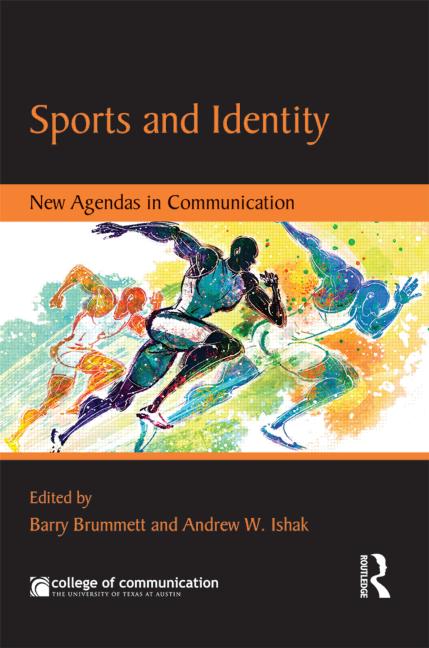How Sports Define Us

As proven by the World Cup or the Olympics, sports and identity are often expressed and encoded in signs and symbols that represent race, sex, politics, nations, regions and cultures, providing opportunities for support and acceptance, conflict and strife.
To make sense of the vast reach sports has on individualism and belonging, Barry Brummett, professor and chair of the Department of Communication Studies, said he felt compelled to contribute to what is a recent boom in the study of sports and communication.

“If you go back, say ten or 15 years, most of the scholarship would have been in sociology of sports, or other fields, but communication and sports has really picked up,” said Brummett. “Identity is so often defined by sports plus it’s a huge, huge business and important for world commerce.”
In response, Brummett and Andrew W. Ishak, lecturer in the Santa Clara University College of Arts & Sciences and a Ph.D. alumnus of Communication Studies, co-edited a volume of essays titled, “Sports and Identity: New Agendas in Communication.”
The book was published as a result of a New Agendas in Communication conference at the Moody College, wherein 22 scholars contributed their research into 14 chapters in a book published by Routledge in December 2013.
1) Why did you feel it important to study issues of sports and identity?
Sport is specific to geography, demographics such as race, gender, and class, and to culture—American football is American, cricket is British, and most of the world identifies with soccer.
2) Please briefly explain the four parts of the book addressing: sport and race, sport and gender, sport and image management, and sport mediation and simulation.
These divisions seemed to sort out the chapters by subject matter most easily. Sport and race is straightforward—the extent to which sports intersects with racial identity and images. The Jackie Robinson story reminds us of the centrality of sport as a place where race relations have been fought. Dr. Winslow’s chapter addresses why relatively few NFL quarterbacks are African-American, and how this may be determined by racial views as well as affecting those views.
Sport and gender addresses the ways gender is marked by, or marks, certain kinds of sports participation as there are ”men’s” or “women’s” sports labeled for participation. Dr. Mozisek’s chapter examines the ‘tomboy’ label so often attributed to women who are athletes.
Sports are a major factor in the images created by universities while individual athletes often have images of their own to manage. That’s what the sport and image management section covered. The Sandusky scandal at Penn State a few years ago prompted tremendous, and failed, efforts at image management by school officials, as reported by Dr. Meân.
How sports are organized and experienced with regard to electronic media, including sport “spinoffs” such as fantasy football, were the concerns of the sport mediation and simulation section. Dr. Bagley’s exploration of the social and psychological roles played by fantasy league football for its participants is a good example.

3) Don’t these issues tend to overlap?
There are chapters that are possibly placed in more than one area. Dr. Yandall’s chapter on heteronormativity in sports is in the sport and gender section, but had I constructed an area on GLBTQ issues, it could have gone there as well. These days, it seems as if an athlete “comes out” as gay or lesbian at least monthly—that affirms the identities of GLBTQ people as integrated into common social activities. Dr. Schuck’s essay on the Stroh Center rap in the sport and image management section could have gone in the sport and race category given the close connection of rap to race.
4) What do you hope people take away from the book?
An enriched understanding of how people’s sense of who they are is connected to their participation in sports, and how that powerfully affects and is affected by communication.
5) What future projects are you working on?
I have an edited anthology on the rhetoric of steampunk coming out soon. I’m working with some European colleagues to develop several articles on rhetoric and education. I’d like to pick up again a research project on the rhetorical appeal of troubled structures in pop culture, such as haunted houses, that I put aside for a while to do anthologies like these.
